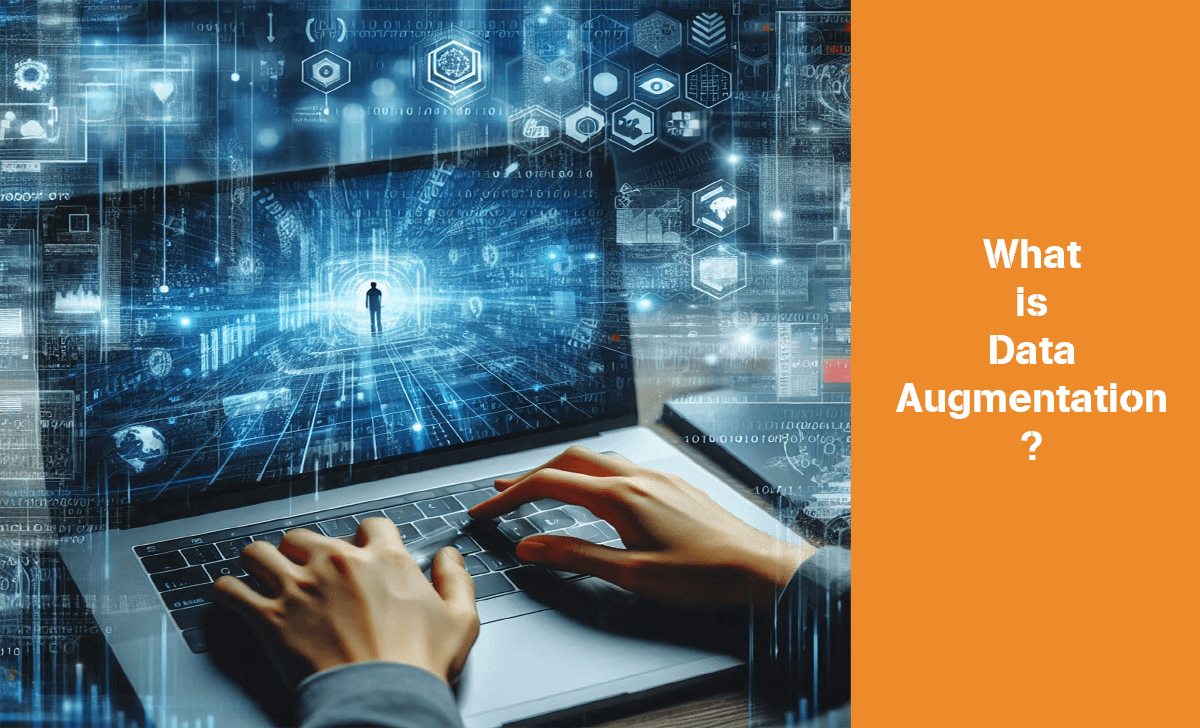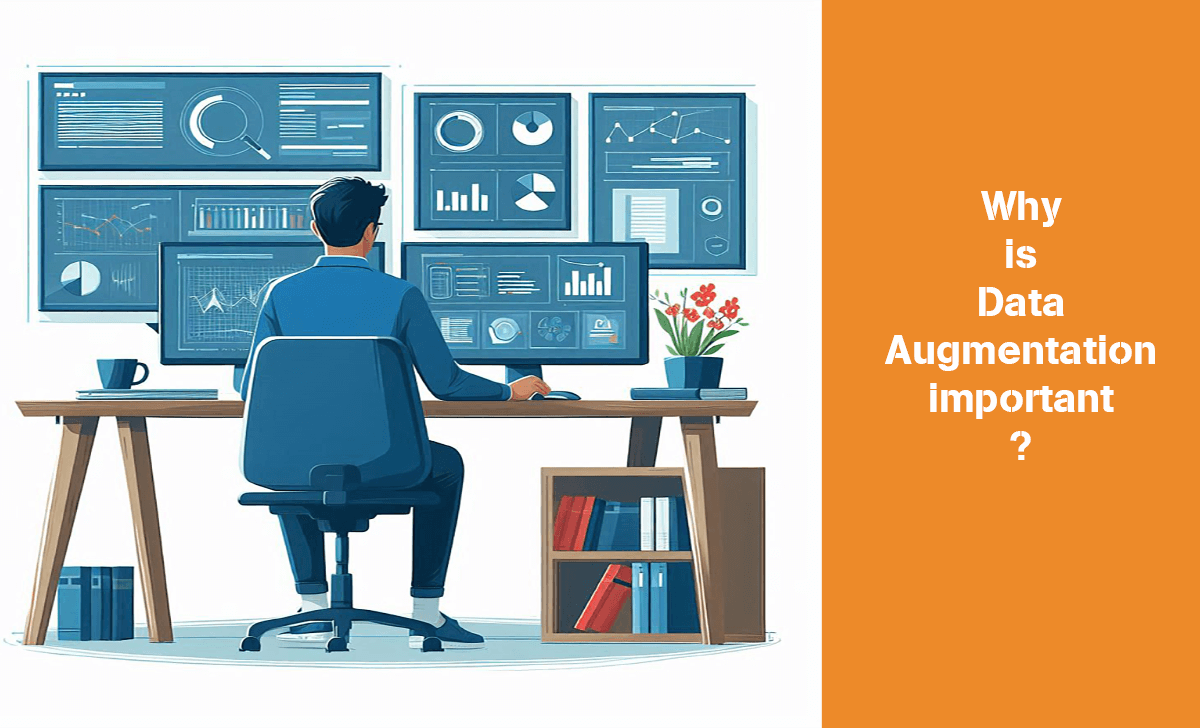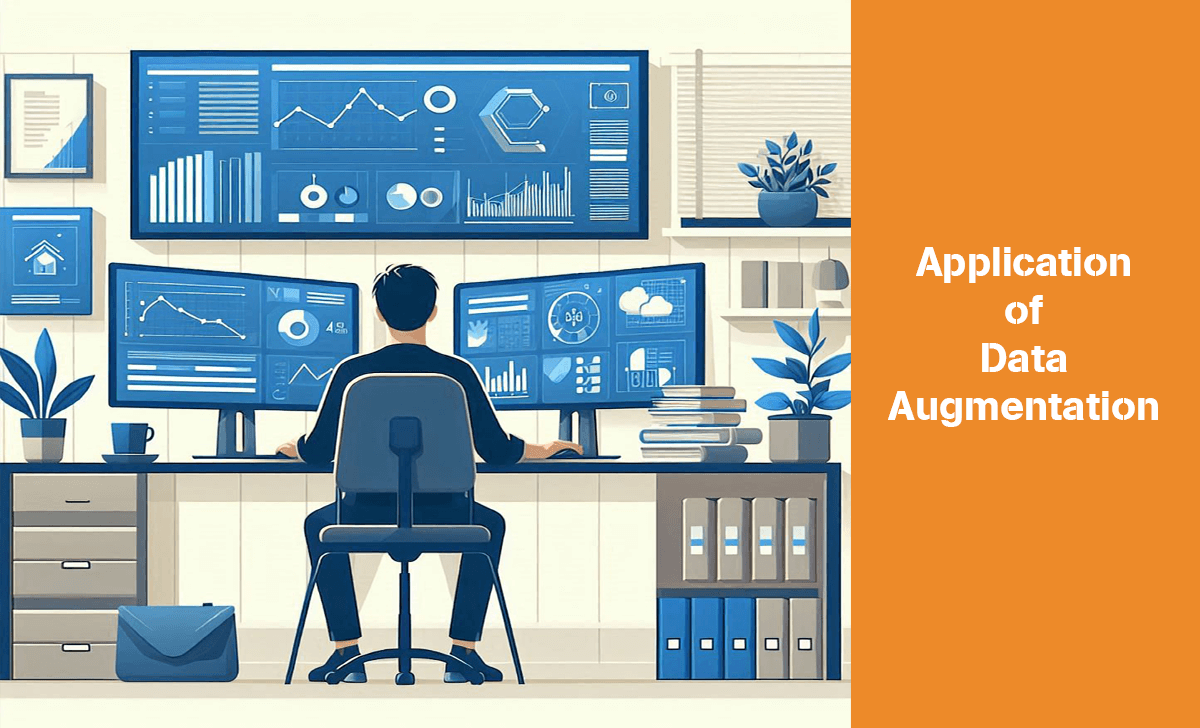Data Augmentation is the process of creating new data from existing data to support the training of machine learning models. This process can help artificially inflate the data set by making small changes to the original data.
If you want to learn more about Data Augmentation, please follow the upcoming content on AZcoin.
What is Data Augmentation?

Data Augmentation is a technique used to artificially expand the scale and diversity of a dataset to improve the training of machine learning models. This process involves creating new versions of existing data through transformations such as rotation, scaling, flipping, and adjusting brightness or contrast.
In this way, the model can learn to recognize objects under various conditions, including different orientations, scales, and lighting scenarios, thereby enhancing its generalization ability and reducing the risk of overfitting, a problem where the model performs well on training data but poorly on new, unseen data.
Besides, acquiring large and diverse real-world datasets can often be challenging due to data availability, regulations, and other constraints. Data Augmentation addresses this issue by modifying the original data and generating a larger and more varied synthetic dataset.
Nowadays, artificial intelligence (AI) solutions are also used to improve the quality and diversity of data quickly and effectively.
Why is Data Augmentation important?

If you are wondering if Data Augmentation is important or not, the answer will be yes because of the benefits it brings, such as:
- Enhancing model performance: Enriching datasets by creating multiple variations of existing data, helps not only expand the dataset but also provides the model with a wider range of diverse features to learn from. As a result, the model is better able to generalize unseen data and improves its overall performance in real-world scenarios, some typical examples like Midjourney AI Art, Zapier,…
- Reducing data dependency: Enhance the effectiveness of smaller datasets, significantly reducing the reliance on large datasets during training. This allows you to use smaller datasets while generating additional synthetic data points to supplement the original dataset, saving significant implementation time.
- Minimizing overfitting during training: Preventing overfitting occurs when a model performs well on training data but struggles with new data, helps expand and diversify the training dataset, making it more comprehensive for deep neural networks, thereby preventing them from learning features that are too specific to a narrow dataset.
How does Data Augmentation work?

Data Augmentation works by applying random transformations to the training data to increase its diversity and richness. This allows the machine learning model to learn from a wider variety of data, thereby enhancing its generalization ability and improving its performance.
Common transformations in this process include rotation, scaling, flipping, cropping, and adjusting brightness. These transformations help create new versions of the data while preserving the essential characteristics of the original data.
Besides, this process plays a crucial role in reducing overfitting, boosting generalization capability, and improving the performance of machine learning models. It also helps mitigate the issue of limited data during the training process.
However, applying Data Augmentation needs to avoid generating data versions that are too similar, which could prevent the model from learning the true diversity of real-world data.
Application of Data Augmentation

Below is a quick summary of some of the main applications of the Data Augmentation process:
- Healthcare: Helps enhance diagnostic models and disease identification through imaging, and provides additional data for models, particularly for rare diseases with limited source data. Besides, creating and using synthetic patient data not only boosts medical research but also ensures adherence to data privacy principles.
- Finance: Helps synthesize fraudulent variations and more effectively identify financial fraud in real-world scenarios by supporting risk assessment, improving deep learning models’ ability to evaluate risk and forecast future trends more accurately.
- Manufacturing: Used to detect visual defects in products by combining real-world data with augmented images, the capability to identify defects is enhanced, reducing the risk of delivering defective products to manufacturers and production lines.
- Retail: Helps generate synthetic variations of product images, leading to a more diverse training set that accounts for different lighting conditions, background settings, and product perspectives.
Conclusion
So we have also succeeded in sharing with you all the information we can synthesize about Data Augmentation. Thank you for taking the time to follow and see you again in other content at AZcoin.

I am Tony Vu, living in California, USA. I am currently the co-founder of AZCoin company, with many years of experience in the cryptocurrency market, I hope to bring you useful information and knowledge about virtual currency investment.
Email: [email protected]











